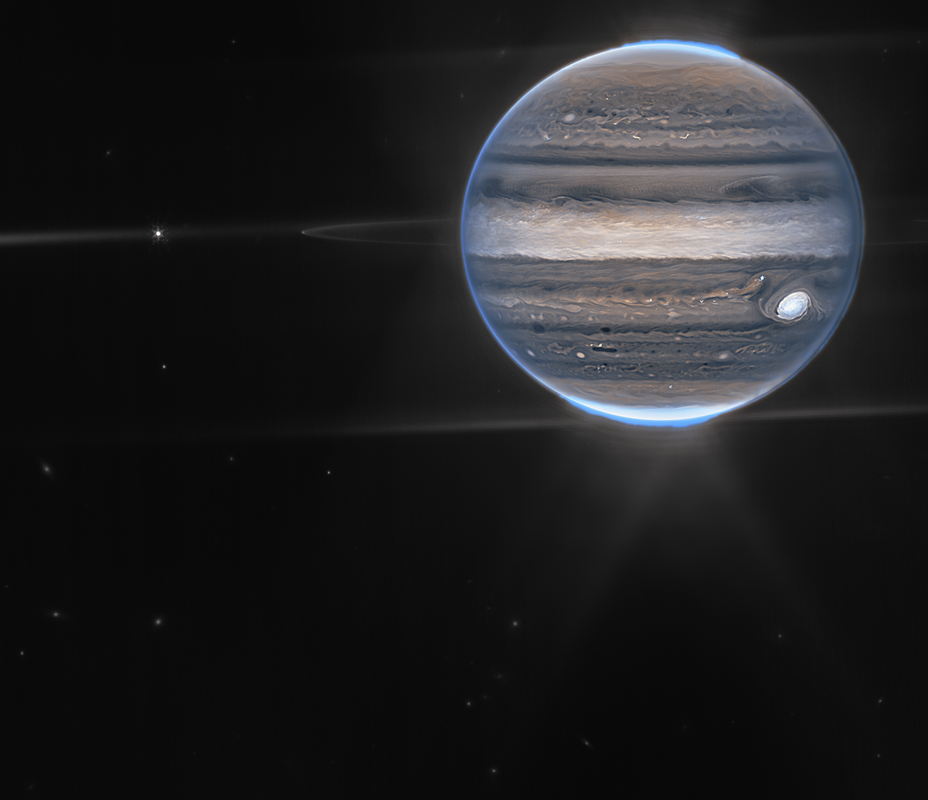|
We are all familiar with the dazzling pictures that JWST continues to produce. However, less people are aware of the ways that JWST observations are already changing our understanding of the universe. Here are some of the most recent highlights of JWST's groundbreaking discoveries. From the very data release, JWST was already upending our prior assumptions about the early universe. The conventional understanding before JWST was that the early universe contained a relatively small number of tiny galaxies with young stars. Researchers quickly found that data from JWST's first data release suggests that these galaxies from about 1 billion years after the Big Bang are much larger and contain much older stars than expected. Further, the JWST data suggests that the number density of galaxies in the universe is much higher than expected from theoretical models and Hubble observations. This finding could upend our understanding of galaxy formation and star formation in the early universe. Should more of these unexpectedly large galaxies be found in the early universe, it is likely that our current theory about the early universe will necessarily undergo significant changes. To read more, you can find the source paper here. Further, researchers have demonstrated that JWST is capable of impeccable resolution when analyzing areas of star-formation. Ideally, this will allow us to observe star formation in the early universe, giving us answers to the questions that JWST has already raised (source). Beyond the enlightening discoveries about galaxies and the evolution of the universe, JWST has already began to give us further insight about a closer neighbor: Jupiter. Impressively, JWST was able to capture the details of both the planet and its rings, which are a million times dimmer than the planet itself. Further, JWST was able to capture Jupiter's moons in the background. Quite impressively, Jupiter's aurora is also visible over the entire planet, indicating a complex magnetic field (source). JWST has demonstrated immense promise in its capability to contribute to planetary, galactic, and cosmological theory within its first year of operation. With more time, JWST will observe other lesser studied planets, such as Neptune, and will likely bring out a litany of new revelations. Another exciting prospect for discovery is JWST's observations of exoplanets, offering the possibility that we will discover more details about habitable exoplanets. Stay tuned for updates on all of the ground breaking results from JWST!
0 Comments
Leave a Reply. |
Categories |

